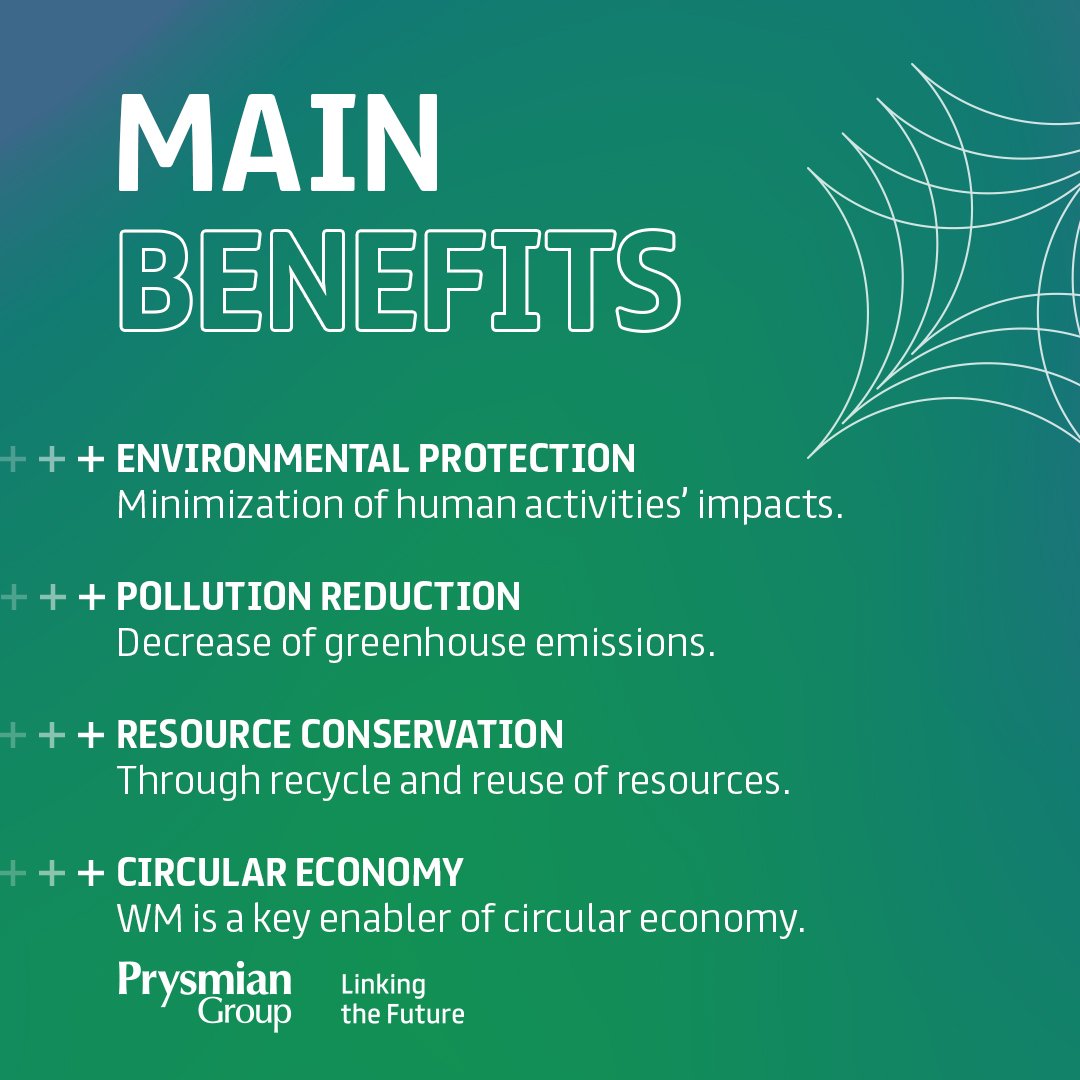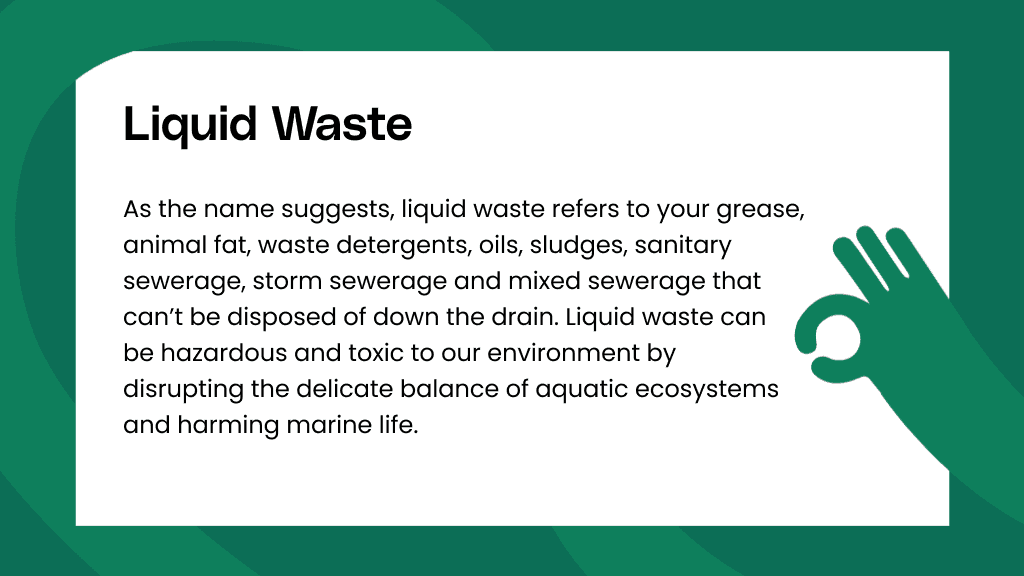The Ultimate Guide To Reclaim Waste
Wiki Article
Reclaim Waste Can Be Fun For Everyone
Table of ContentsThe 7-Minute Rule for Reclaim WasteThe smart Trick of Reclaim Waste That Nobody is Talking AboutThe 25-Second Trick For Reclaim WasteThe Greatest Guide To Reclaim WasteThe Ultimate Guide To Reclaim Waste
Domestic sewer waste refers to the waste and products from a household septic tank. The correct monitoring and disposal of residential sewer waste call for liquid waste to be moved to a sewer treatment plant where the appropriate methods and devices are applied to cleanse and dispose of waste.
Business waste usually consists of potential threats, such as flammable materials or a mix of liquid and strong waste items, and needs a more sophisticated and in-depth disposal process. The disposal of business waste usually includes the purification of waste prior to transportation to ensure safe and proper disposal. Industrial waste is created from results and drainage of commercial procedures and manufacturing.
This kind of waste can not utilize the very same sewage management transport or procedures as septic or commercial liquids. The hazardous waste administration process calls for the evaluation and screening of fluid waste prior to it undergoes the disposal process (liquid waste disposal). Overflow waste is the fluid waste that comes from runoff and excess stormwater in extremely populated areas or cities
Runoff waste can trigger contamination and flooding if not dealt with properly. Ensuring proper waste administration can avoid disasters and minimize environmental damage.
Examine This Report on Reclaim Waste
Call PROS Services today to learn more about our waste administration and disposal solutions and the correct ways to take care of the fluid waste you generate.(https://reclaimwaste1.bandcamp.com/album/reclaim-waste)Do you know what takes place to your water when you end, flush the commode or drain the washing equipment? No? Well, it deserves understanding. This so-called 'wastewater' is not only an important resource yet, after therapy, will be released to our land, waterways or the sea. Utilized water from commodes, showers, baths, kitchen sinks, washings and industrial processes is referred to as wastewater.

water made use of to cool down machinery or clean plant and devices). Stormwater, a form of wastewater, is overflow that moves webpage from agricultural and city locations such as roofing systems, parks, gardens, roadways, paths and seamless gutters right into stormwater drains pipes, after rainfall. Stormwater flows without treatment directly to local creeks or rivers, at some point reaching the sea.
The Ultimate Guide To Reclaim Waste
In Queensland, most wastewater is dealt with at sewer treatment plants. Wastewater is transferred from residential or industrial websites through a system of drains and pump stations, recognized as sewage reticulation, to a sewage treatment plant.The Department of Natural Resources advises city governments regarding handling, operating and keeping sewage systems and treatment plants. In unsewered areas, neighborhood federal governments might call for householders to set up specific or house sewage treatment systems to treat residential wastewater from toilets, kitchen areas, bathrooms and laundries. The Division of Natural Resources authorizes the use of home systems when they are proven to be efficient.
Many stormwater obtains no therapy. In some new neighborhoods, therapy of some stormwater to get rid of litter, sand and gravel has begun using gross pollutant traps. Wastewater treatment takes place in 4 phases: Removes strong matter. Larger solids, such as plastics and various other objects mistakenly released to sewage systems, are gotten rid of when wastewater is passed via displays.
Uses small living microorganisms recognizes as micro-organisms to break down and get rid of continuing to be liquified wastes and great fragments. Micro-organisms and wastes are incorporated in the sludge.
The Only Guide to Reclaim Waste
Nutrient removal is not offered at all sewer treatment plants since it calls for expensive specialist tools. Clear liquid effluent generated after therapy may still include disease-causing micro-organisms - liquid waste removal.
This normally suggests wastewater has actually to be dealt with or pollutants removed prior to it can be discharged to rivers. Many wastewater moves into the sewerage system. Under the Act, city governments administer approvals and permits for environmentally relevant activities (Periods) including wastewater releases that may have a neighborhood influence. The department administers approvals and permits to ERAs involving wastewater launches that might have a local or statewide effect.
The Main Principles Of Reclaim Waste
Or else, examples are considered research laboratory evaluation. Typically numerous tests are required to develop the degrees of each of the various contaminants such as oils, heavy metals and chemicals in water. Surveillance supplies accurate info regarding water top quality and can verify that permit problems are being fulfilled. The information obtained with tracking offers the basis for making water quality choices.Report this wiki page